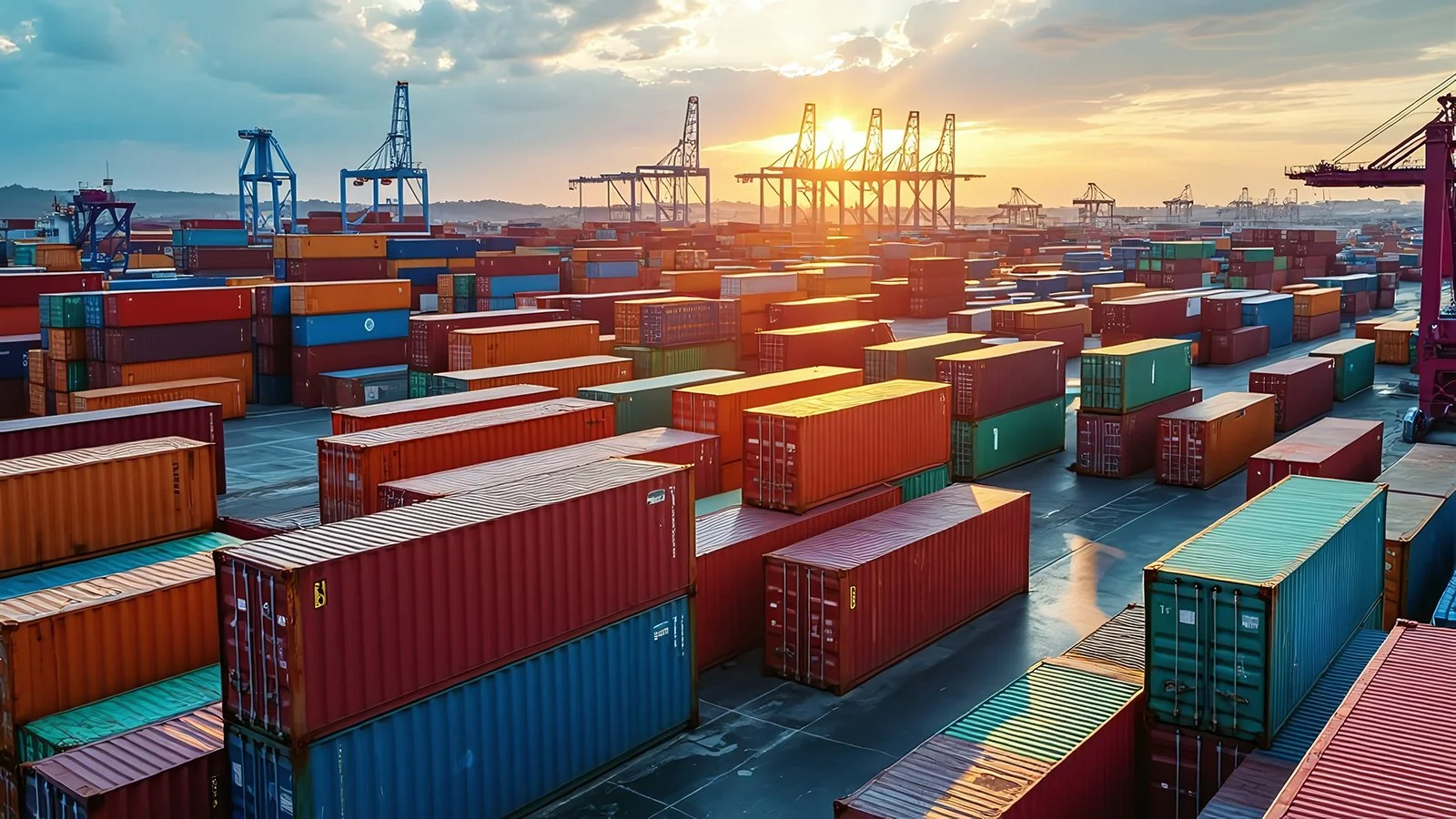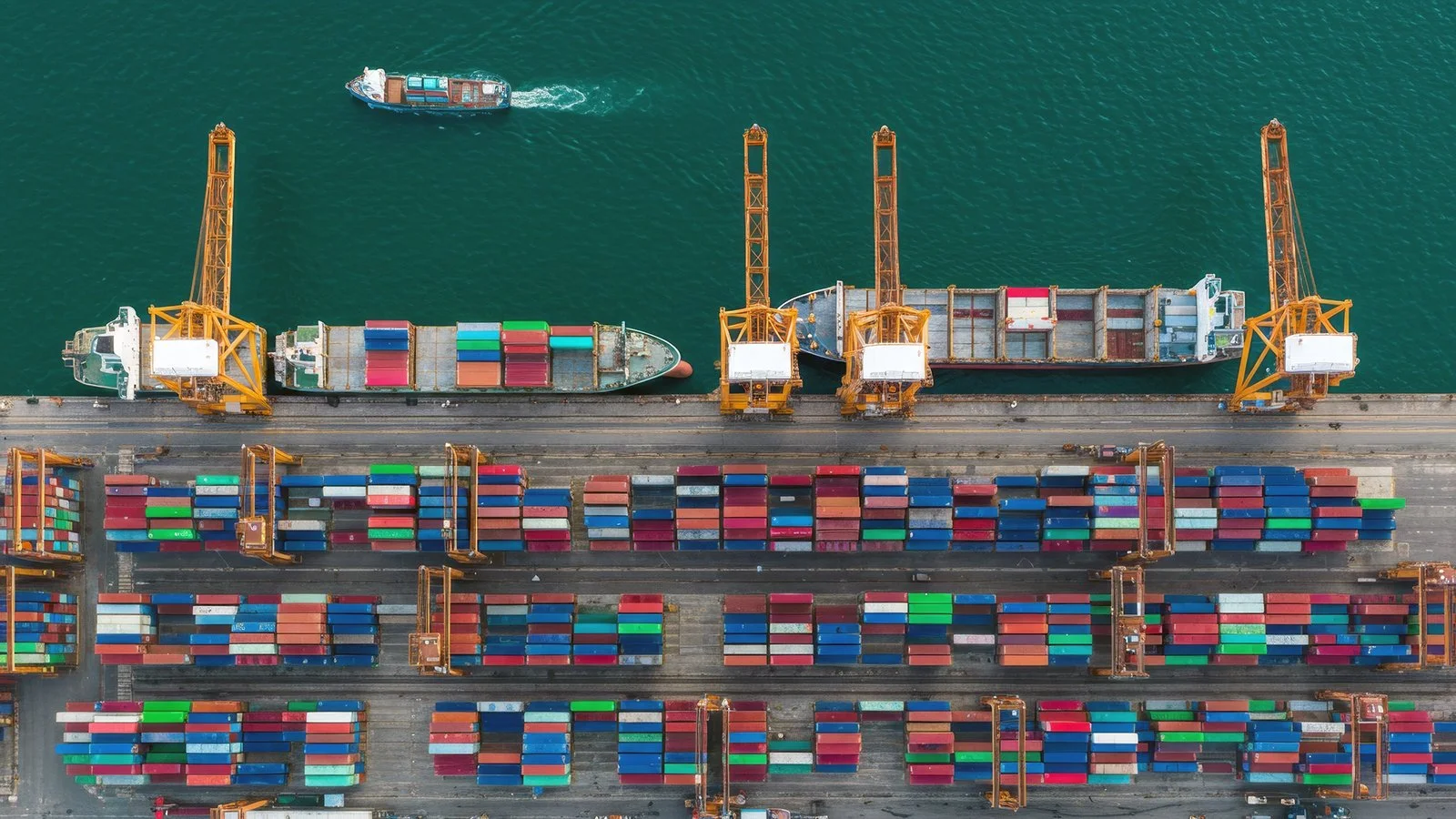TARIFF RISK IN PROCUREMENT: FAQ FOR DEVELOPERS, DESIGNERS & PURCHASING TEAMS
Source’s recent webinar, Behind the Tariffs, brought together Nicole Schmidt (CEO, Source) and trade attorneys Julian Beach and Sahar Hafeez of Pillsbury Law for a candid conversation on how tariffs impact sourcing, budgets, and risk. Below, we’ve broken their insights into key questions—so you can act strategically, avoid common pitfalls, and strengthen your procurement process from the ground up.
WHY SHOULD PROCUREMENT TEAMS THINK ABOUT TARIFFS RIGHT NOW?
They are no longer a niche issue; they’re a budget buster hiding in plain sight.
Every imported item you specify or order could be affected by tariffs. That risk flows directly into your project’s financials, particularly when finish selections or FF&E packages originate from countries like China, Vietnam, or India. Procurement teams are often asked to control costs, streamline schedules, and avoid surprises—but tariffs throw unpredictability into all three.
“Tariffs are not just a sourcing issue—they’re a strategic risk that affects every part of the project.”
Nicole Schmidt
CEO, Source
If you’re not accounting for tariffs early, you’re gambling with your budget. Worse, you may not know a problem exists until a vendor flags a pricing increase or a shipment gets delayed.
WHAT ARE SECTION 301 TARIFFS, AND WHY ARE THEY STILL RELEVANT?
Section 301 tariffs originated as part of the U.S.-China trade dispute but have remained in place or expanded across multiple administrations. They now affect hundreds of billions in imported goods, from lighting to casegoods to upholstery.
“Section 301 tariffs have evolved from a trade tactic into a permanent layer of cost and complexity.”
Julian Beach
Special Counsel, Pillsbury Law
Many teams assume they’ll be repealed or that vendors will absorb the cost. Neither is a safe bet. Tariffs are increasingly treated as embedded costs, and they’re often passed downstream without much notice. Worse, exclusions (temporary exemptions from specific tariffs) require constant monitoring and reapplication.
Failing to stay current means your costs may jump mid-project, or your materials may be held at the port pending documentation.
WHO’S LEGALLY RESPONSIBLE IF THERE’S A TARIFF ISSUE?
In most cases, the project team, or specifically the importer of record, bears the liability.
Even when vendors handle shipping or customs paperwork, ultimate responsibility often rests with the buyer. Customs and Border Protection (CBP) doesn’t care who made the mistake; they care who should have known better.
“Even if your vendor tells you they’re managing it, you’re the importer of record. That liability is still yours.”
Julian Beach
Special Counsel, Pillsbury Law
If documentation is incomplete or inaccurate—whether it’s the HS code, country of origin, or valuation—you’re on the hook. That could mean fines, hold-ups, or worse: reclassification of your goods and re-evaluation of duties owed.
CAN TARIFFS REALLY IMPACT OUR BUDGET THAT MUCH?
Yes, and often in ways that aren’t discovered until late in the process.
Imagine specifying lighting fixtures for 120 rooms, only to find out that a 25% tariff was applied at port entry, and your vendor passed it through with a change order. Multiply that across other categories, and suddenly, your entire FF&E package is 6–8% over budget.
“If your project includes imports from China, you should assume tariffs are in play unless you’ve confirmed otherwise.”
Sahar Hafeez
Senior Counsel, Pillsbury Law
These issues don’t just affect pricing; they create ripple effects: delays in customs clearance, procurement slowdowns, and design adjustments when alternate finishes are selected to cut cost.
In short, tariff risk is budget risk. If you’re not actively managing it, you’re absorbing it.
WHAT CAN WE DO TO MITIGATE THE RISK?
Start early, ask the right questions, and treat tariffs as a known variable, not an unexpected one.
“There’s opportunity here; if you proactively document and structure your procurement, you can reduce risk and even recover costs.”
Sahar Hafeez
Senior Counsel, Pillsbury Law
Areas to consider:
Review HS codes for high-value imports and confirm classification with legal/trade counsel.
Validate country-of-origin declarations—especially for goods that pass through multiple countries.
Negotiate tariff terms in contracts—make clear who carries the financial burden.
Maintain documentation trails that clearly establish who’s controlling each part of the transaction.
Stay updated on changing tariff rules, Section 301 lists, and possible exemptions.
Customs enforcement is increasing, and procurement teams that treat compliance as a strategic function and not a paperwork formality will stay ahead of issues.
WHAT’S THE LONG-TERM OUTLOOK?
Tariffs aren’t temporary anymore. They’ve become part of the procurement landscape.
As supply chains globalize and geopolitical tensions remain high, we can expect ongoing regulatory complexity, especially in construction and FF&E procurement, where a single item may include parts from five countries.
“Design teams are frustrated when finishes change late. Owners are frustrated when costs spike. Tariffs sit right in the middle of that.”
Nicole Schmidt
CEO, Source
The key is building a procurement process that accounts for risk, rather than reacting to it. That means including trade considerations in spec reviews, vendor selection, and early pricing exercises, as well as keeping legal advisors in the loop on major imports or value-heavy categories.
Teams that integrate tariff awareness into their standard workflows will gain a competitive edge in delivering on-budget, on-time, and with fewer surprises.
FINAL TAKEAWAY
Tariffs are no longer an edge case; they’re a structural force in procurement.
As supply chains globalize and geopolitical tensions remain high, we can expect ongoing regulatory complexity, especially in construction and FF&E procurement, where a single item may include parts from five countries.
“Every project has a paper trail. If that trail’s unclear, you’re vulnerable.”
Sahar Hafeez
Senior Counsel, Pillsbury Law
Whether you’re an owner, designer, or purchasing agent, your ability to anticipate and navigate tariff risk could be the difference between a smooth closeout and a painful, costly delay.
READY TO GO DEEPER?
Tariffs now sit inside construction procurement and FF&E procurement, not on the edges. You can let tariff risk surface late as change orders, or you can shape specs, contracts, and documentation to control cost and schedule from day one. If you want a clear, practical walkthrough from trade attorneys and Source CEO Nicole Schmidt, watch the full briefing.
In the video, you will learn how to:
• Classify products correctly, verify country of origin, and avoid reclassification surprises
• Assign importer of record responsibility, document chain of custody, and pass audits
• Structure contracts to define tariff cost recovery and reduce disputes
• Monitor Section 301 changes and evaluate exclusions without slowing procurement
Protect your budget before the next PO, get the complete playbook here: Watch the full Behind the Tariffs webinar


